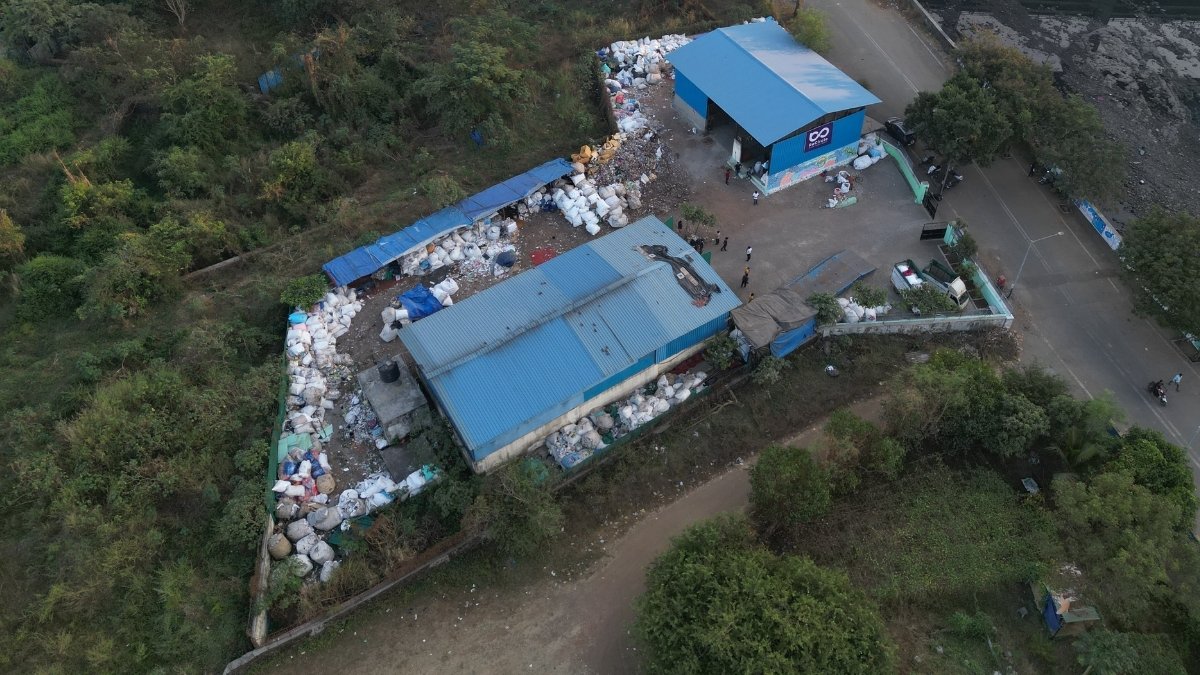In 2025, scientists and engineers have taken a massive leap forward in the global fight against plastic pollution with a revolutionary innovation: air-assisted plastic recycling. This new method, which uses reactive gases to break down plastics at a molecular level, is not just a cleaner and more sustainable alternative; it could redefine how we deal with millions of tonnes of plastic waste each year.
This blog explores how this new technology works, why it’s different, and what it means for the future of circular economies and sustainable waste management.
What Is Air-Assisted Plastic Recycling?
Traditional recycling techniques typically rely on melting down plastics at high temperatures or using solvents to dissolve them. These methods can be energy-intensive, costly, and often result in low-quality recyclates that can’t be reused effectively.
Air-assisted recycling, by contrast, introduces oxidative degradation using superheated air or oxygen-enriched environments. Here’s what sets it apart:
- No need for high-pressure chemical treatments
- Low emissions compared to incineration or pyrolysis
- High-purity output for better recyclability
- Selective targeting of plastic types using airflow tuning
Instead of simply breaking plastics down physically, this method chemically restructures the polymers using airborne reactive species, such as ozone or oxygen radicals, often with the help of catalysts.
How Does It Work?
- Collection & Sorting: Plastics are first sorted by type, especially polyethene (PE), polypropylene (PP), and polystyrene (PS) which respond well to air-assisted processes.
- Pre-Treatment: The plastics are shredded and exposed to controlled heat to remove surface contaminants.
- Oxidative Cracking: In specially designed reactors, a stream of oxygen-rich air is introduced at moderate temperatures (usually around 250–400°C). This breaks the long polymer chains into simpler molecules like alcohols, acids, and waxes.
- Product Recovery: These outputs are then filtered, condensed, and stored, ready for use in new plastic products, fuels, or even industrial lubricants.
Why Is This a Breakthrough?
The air-based recycling approach solves several issues that plague current methods:
| Challenge | Traditional Method | Air-Assisted Recycling |
| Toxic Byproducts | High emissions from pyrolysis or incineration | Minimal emissions, no toxic gases |
| High Energy Use | Requires 700–1000°C temperatures | Operates at ~300°C |
| Downgrading of Materials | Weak, low-grade recycled plastics | Produces high-quality monomers for reuse |
| Economic Viability | Often subsidised to survive | Lower operating costs, scalable |
Global Research Driving the Innovation
Several institutions have driven this 2025 breakthrough:
- MIT & ETH Zurich collaborated to create oxygen-reactive catalysts that accelerate the breakdown process.
- Tokyo Institute of Technology pioneered airflow-modulated reactors that handle multi-layered plastic waste.
- Startups in Europe and India are now developing compact systems that can be integrated into existing waste management infrastructures.
One standout pilot program in Pune, India, has already shown a 50% drop in unrecycled plastic waste using mobile air-assisted reactors installed on collection trucks.
Environmental Impact at a Glance
- CO₂ emissions reduced by 70% compared to plastic incineration
- Energy savings of up to 40% over traditional thermal recycling
- Upcycling efficiency increased by 60% for common packaging plastics
Beyond emissions, the technology helps mitigate microplastic pollution, as the controlled degradation prevents fragmentation into smaller, persistent particles.
What Does This Mean for India’s Circular Economy?
India produces over 3.5 million tonnes of plastic waste annually, with much of it either landfilled or burnt. Air-assisted recycling could revolutionize this situation by:
- Empowering informal waste collectors with mobile units
- Enabling cleaner materials recovery facilities (MRFs)
- Reducing dependency on expensive foreign recycling technologies
- Creating new green jobs in equipment operation, maintenance, and logistics
Challenges and the Road Ahead
Despite its promise, the technology faces hurdles:
- Regulatory Approval: New emissions and safety standards must be defined.
- Public Awareness: Sorting and clean input streams are vital for effectiveness.
- Infrastructure Readiness: Integration with existing collection systems needs investment.
That said, the momentum is growing. With government support and public-private partnerships, air-based recycling could become a standard practice by the end of the decade.
Explore More: World Environment Day 2024: How This Mumbai-Based Company Is Turning The Tide On Waste
A Breath of Fresh Air for Recycling
The concept of recycling plastic with just air and moderate heat may have sounded futuristic a few years ago, but in 2025, it’s a reality reshaping the recycling landscape. With the ability to reduce emissions, improve recycling output quality, and enhance economic feasibility, this innovation has the potential to transform not just how we manage plastic waste, but how we value it.
For organisations, policymakers, and citizens alike, air-assisted plastic recycling offers a compelling, scalable path forward in building a truly circular economy.




